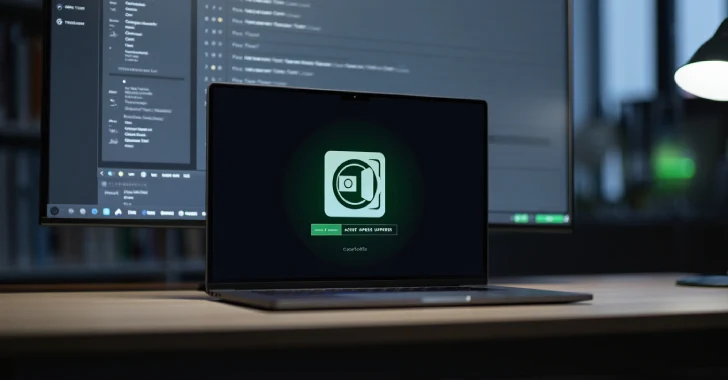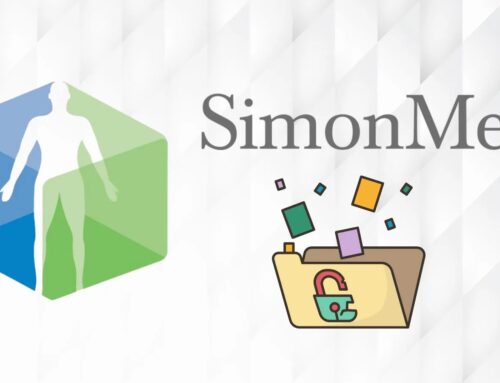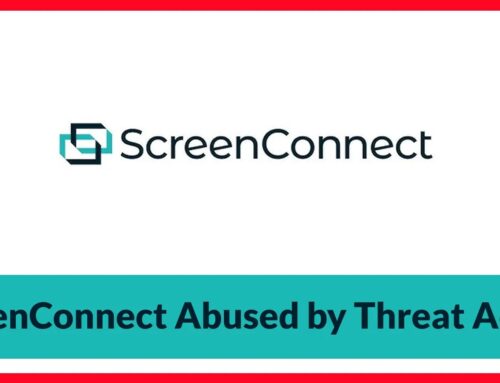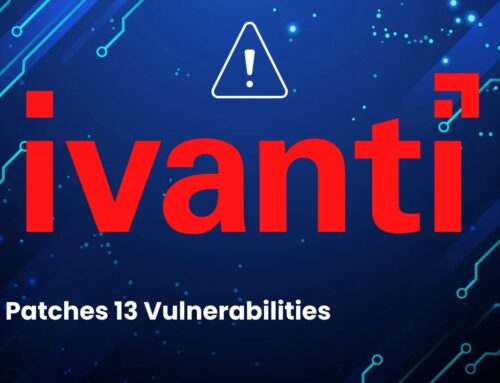
CyberArk and HashiCorp Flaws Enable Remote Vault Takeover Without Credentials
Urgent Safeguard Warning: Critical CyberArk and HashiCorp Flaws Expose Enterprise Secrets
The digital perimeters protecting enterprise secrets and sensitive identities are under scrutiny. Recent discoveries by cybersecurity researchers reveal a severe vulnerability landscape affecting prominent secure vault solutions from CyberArk and HashiCorp. These flaws, collectively dubbed “Vault Fault,” permit remote attackers to bypass authentication and extract critical enterprise secrets, tokens, and identity management credentials without requiring any prior authentication. This information highlights a significant risk, and immediate attention is critical for organizations relying on these platforms for their privileged access management (PAM) and secrets management.
Understanding Vault Fault: A Deep Dive into the Attack Vectors
Vault Fault encompasses a total of 14 distinct vulnerabilities discovered across CyberArk Secrets Manager, Self-Hosted, and HashiCorp Vault. These vulnerabilities primarily exploit weaknesses within the fundamental mechanisms designed to protect highly sensitive data: authentication, authorization, and secrets retrieval processes. An attacker gaining remote access to these systems effectively gains the keys to the kingdom, unraveling an organization’s most protected digital assets.
The core concern is the ability of these flaws to facilitate remote vault takeover without credentials. This means an attacker doesn’t need to steal existing login credentials; instead, they exploit a logical flaw or misconfiguration in the vault’s architecture or implementation to gain unauthorized access. The sheer number of vulnerabilities underscores a systemic issue within the security posture of these critical components.
Affected Products and CVE Details
The “Vault Fault” vulnerabilities specifically impact:
- CyberArk Secrets Manager, Self-Hosted
- HashiCorp Vault
While the full list of 14 CVEs has not been publicly detailed in the provided source material, the nature of these vulnerabilities suggests critical impact ratings. Organizations using these versions should prioritize patching and mitigation strategies outlined below.
Note: As full CVE details were not explicitly provided in the source for all 14 vulnerabilities, organizations are strongly advised to consult the official security advisories from CyberArk and HashiCorp upon their public release. For illustrative purposes, example CVE links would typically follow this format: CVE-2023-XXXXX (This is a placeholder and not a real CVE).
Impact and Potential Consequences
The successful exploitation of these “Vault Fault” vulnerabilities can lead to catastrophic consequences for affected enterprises:
- Full Data Exfiltration: Attackers can extract all stored enterprise secrets, API keys, database credentials, cloud access tokens, and other sensitive information.
- Privilege Escalation: Gaining access to secrets can lead to lateral movement within the network and escalation of privileges to critical systems.
- Ransomware Deployment: Compromised secrets can facilitate the deployment of ransomware or other malicious payloads across the compromised infrastructure.
- Operational Disruption: Tampering with or deleting critical secrets can lead to significant operational outages and business disruption.
- Reputational Damage and Regulatory Fines: Data breaches resulting from such compromises incur severe reputational damage, customer distrust, and potentially massive regulatory fines under compliance frameworks like GDPR, CCPA, or HIPAA.
Remediation Actions and Best Practices
Addressing the “Vault Fault” vulnerabilities requires immediate and proactive measures. Organizations leveraging CyberArk and HashiCorp solutions must prioritize the following actions:
- Apply Patches Immediately: Monitor official security advisories from CyberArk and HashiCorp for patches addressing these specific vulnerabilities. Apply them to all affected deployments (Secrets Manager, Self-Hosted, and Vault) as soon as they become available.
- Review and Harden Configurations: Conduct a comprehensive security audit of your CyberArk and HashiCorp Vault configurations. Ensure adherence to the principle of least privilege, strict access controls, and network segmentation.
- Implement Network Segmentation: Isolate critical secrets management infrastructure within highly restricted network segments. Limit network access to these vaults to only necessary administrative functions and authorized applications.
- Enhance Monitoring and Alerting: Deploy robust logging and monitoring solutions specifically for your secrets management platforms. Establish alerts for anomalous access patterns, unusual secret retrieval attempts, or any deviations from baseline behavior.
- Regular Penetration Testing: Schedule regular, in-depth penetration tests and vulnerability assessments specifically targeting your secrets management solutions. Mimic attacker tactics to identify and remediate weaknesses before they can be exploited.
- Rotate Critical Secrets: As a preventative measure and in response to potential compromise, initiate a cycle of rotating all critical secrets, API keys, and credentials stored within the vault after patching.
- Review Incident Response Plans: Update and test your incident response plan to include scenarios involving compromise of secrets management infrastructure. Ensure your team is prepared to detect, contain, and eradicate such threats.
Tools for Detection and Mitigation
Leveraging appropriate security tools is crucial for identifying vulnerabilities and enhancing the security posture of your secrets management infrastructure.
| Tool Name | Purpose | Link |
|---|---|---|
| Vulnerability Scanners (e.g., Tenable Nessus, Qualys, Rapid7 Nexpose) | Detect known vulnerabilities in deployed software, including secrets management platforms. | Tenable Nessus |
| Cloud Security Posture Management (CSPM) tools | Monitor configurations and compliance for cloud-deployed secrets vaults. | Google Cloud SCC |
| Privileged Access Management (PAM) Systems (complementary) | Manage and secure access to vaults themselves, reducing attack surface. | CyberArk PAM |
| Security Information and Event Management (SIEM) systems | Collect, analyze, and correlate logs from vaults for suspicious activity detection. | Splunk Enterprise Security |
Conclusion: Fortifying the Foundation of Trust
The “Vault Fault” discovery serves as a stark reminder that even the most critical security components are not immune to vulnerabilities. CyberArk and HashiCorp vaults are foundational to an organization’s security, protecting the very keys to its digital kingdom. The ability for remote attackers to compromise these vaults without credentials constitutes an extremely high-risk scenario.
Organizations must immediately prioritize patching, rigorous configuration hardening, and continuous monitoring of their secrets management solutions. Proactive security measures are not merely best practices; they are essential for maintaining the integrity, confidentiality, and availability of an enterprise’s most sensitive digital assets.





